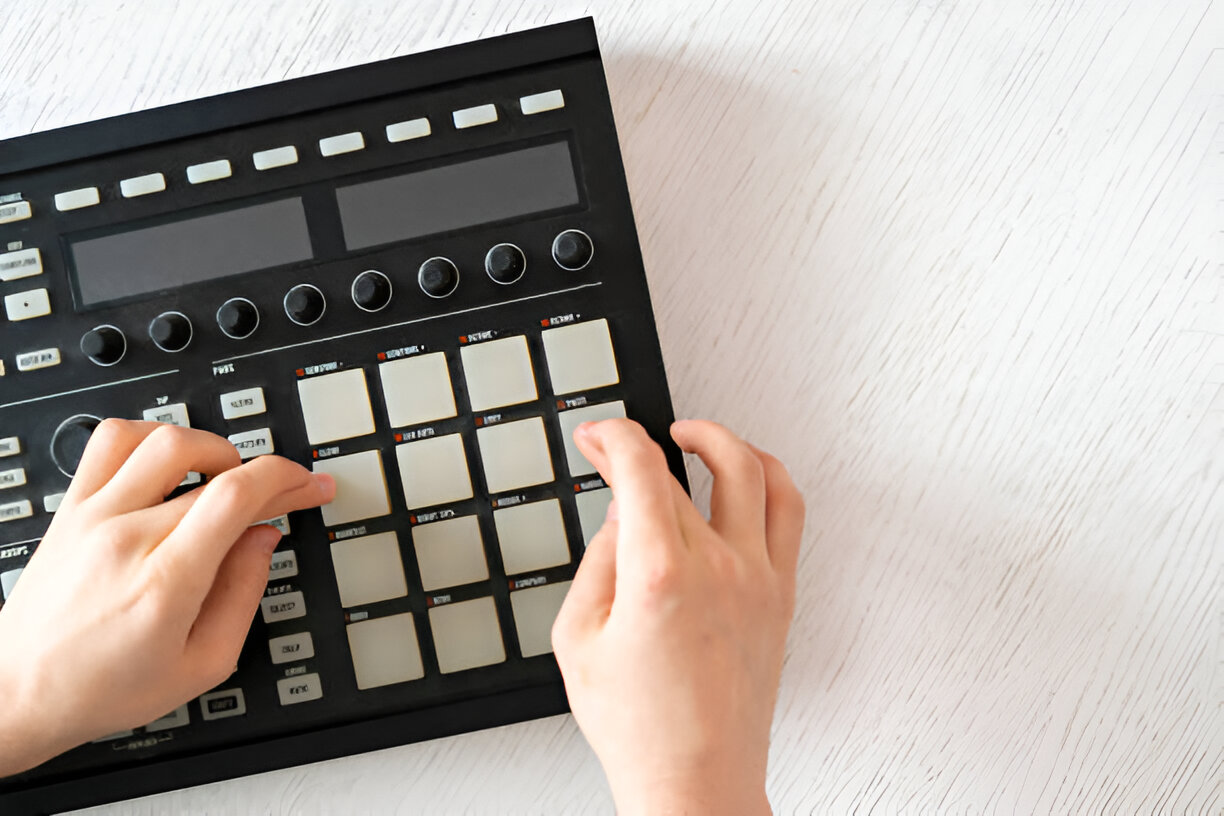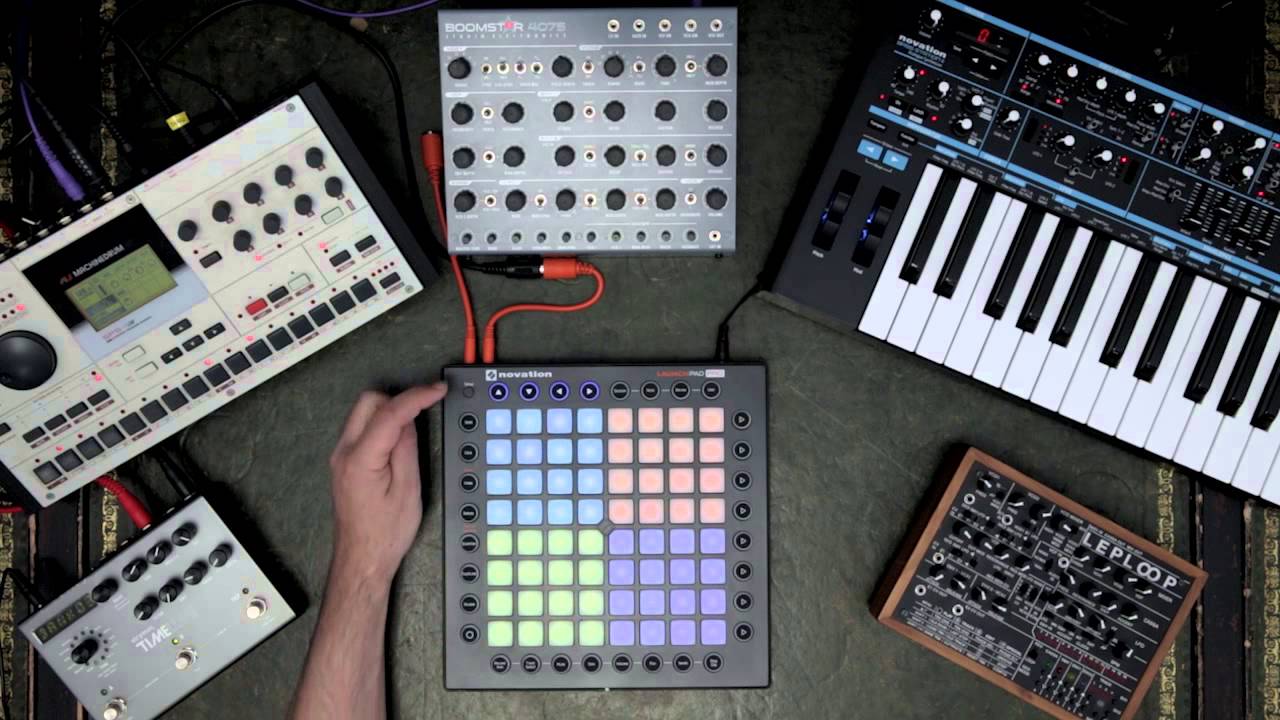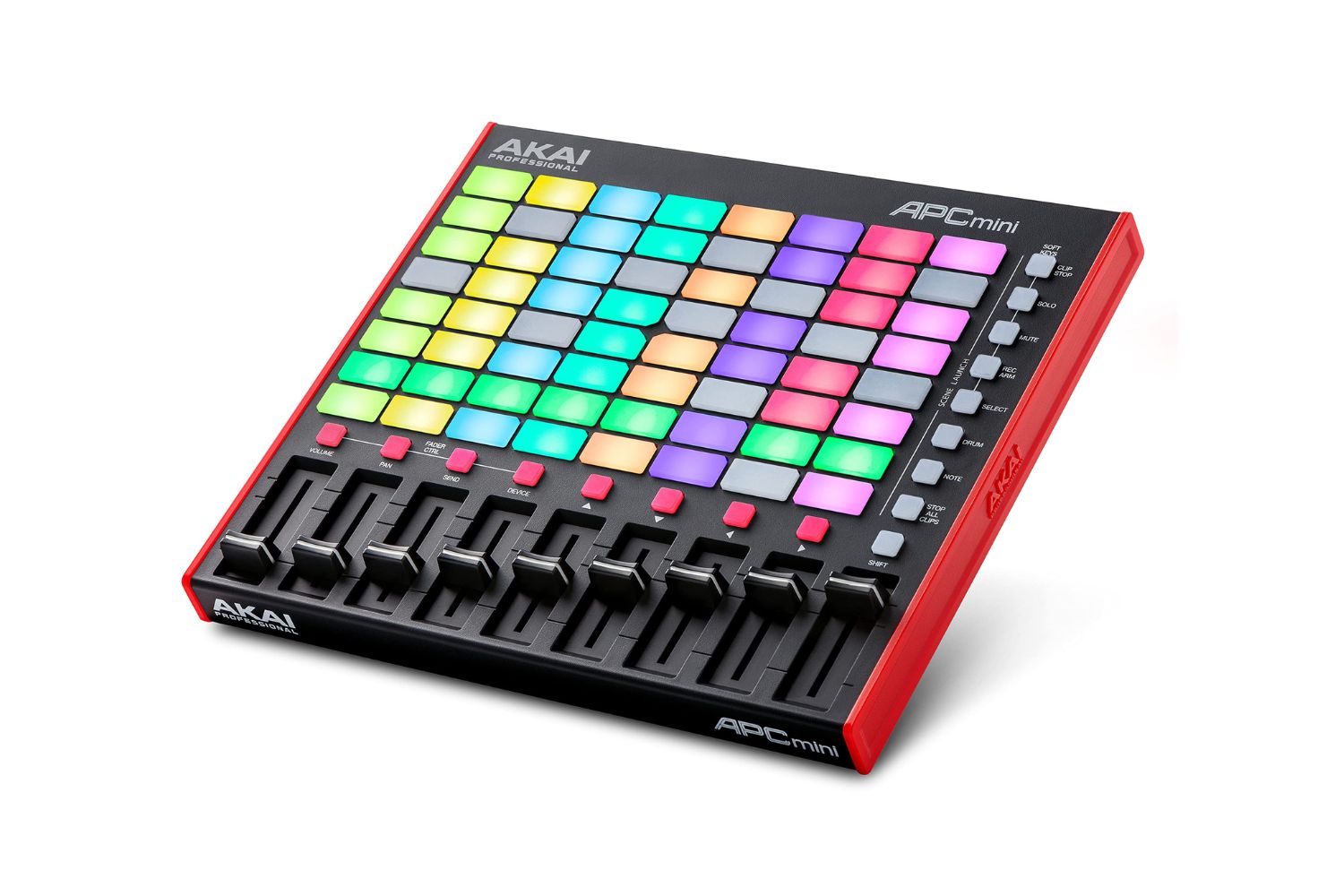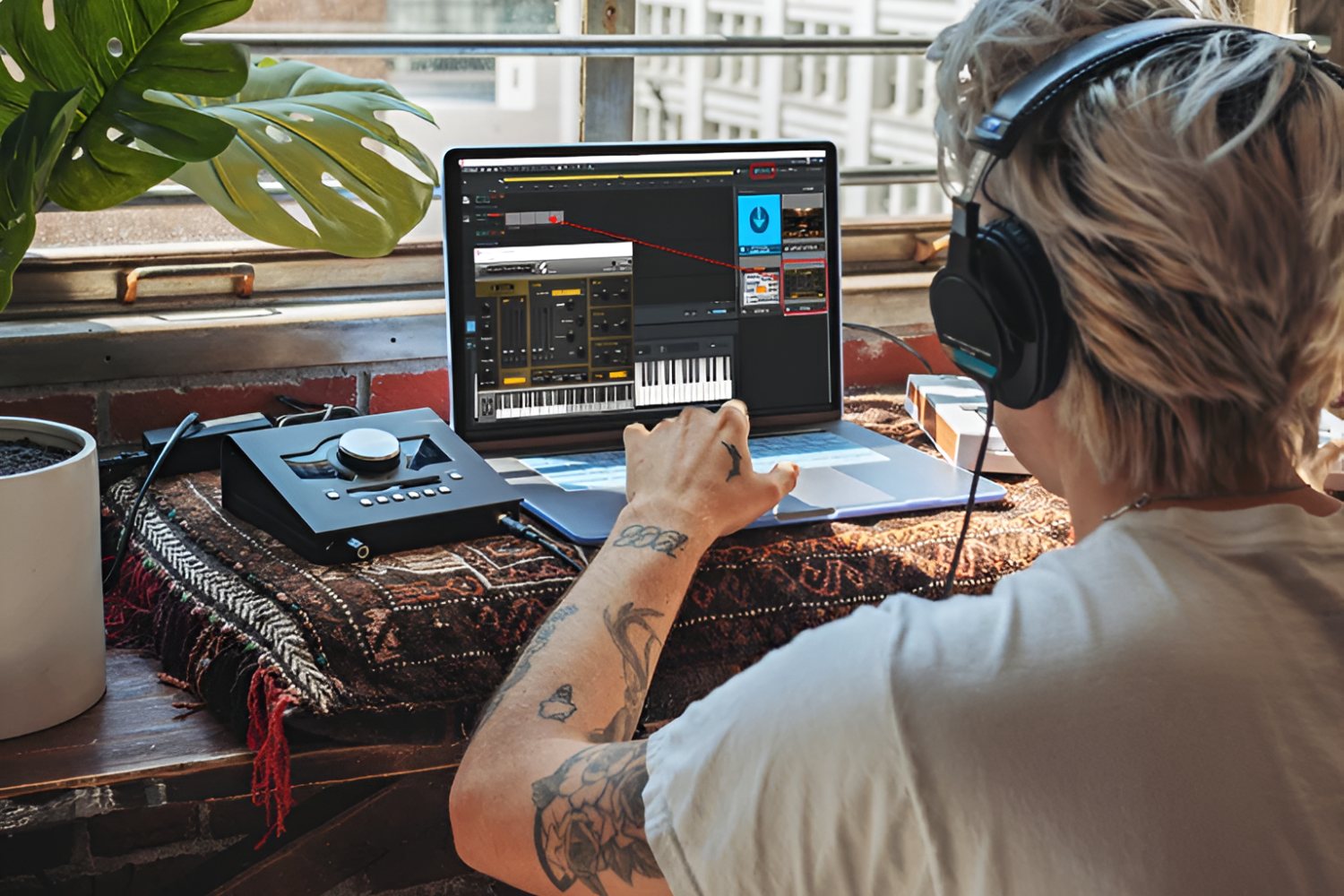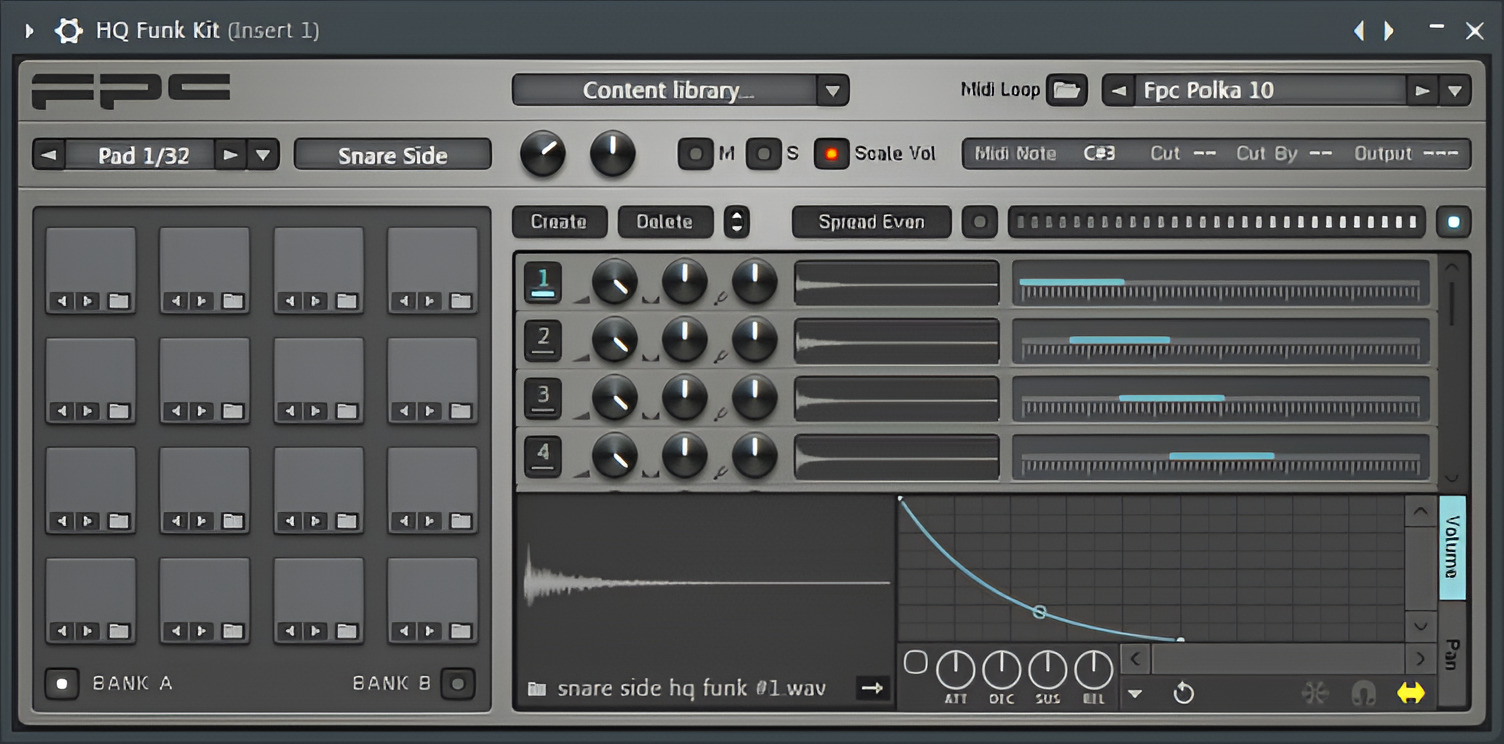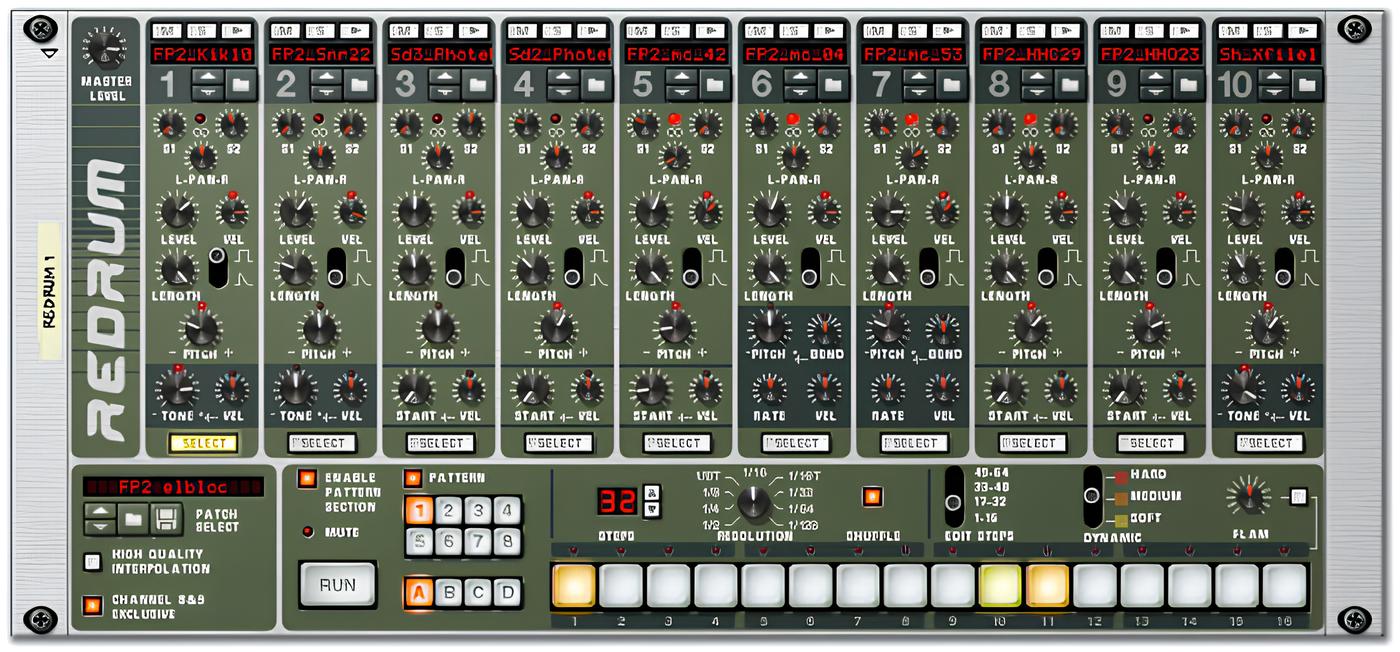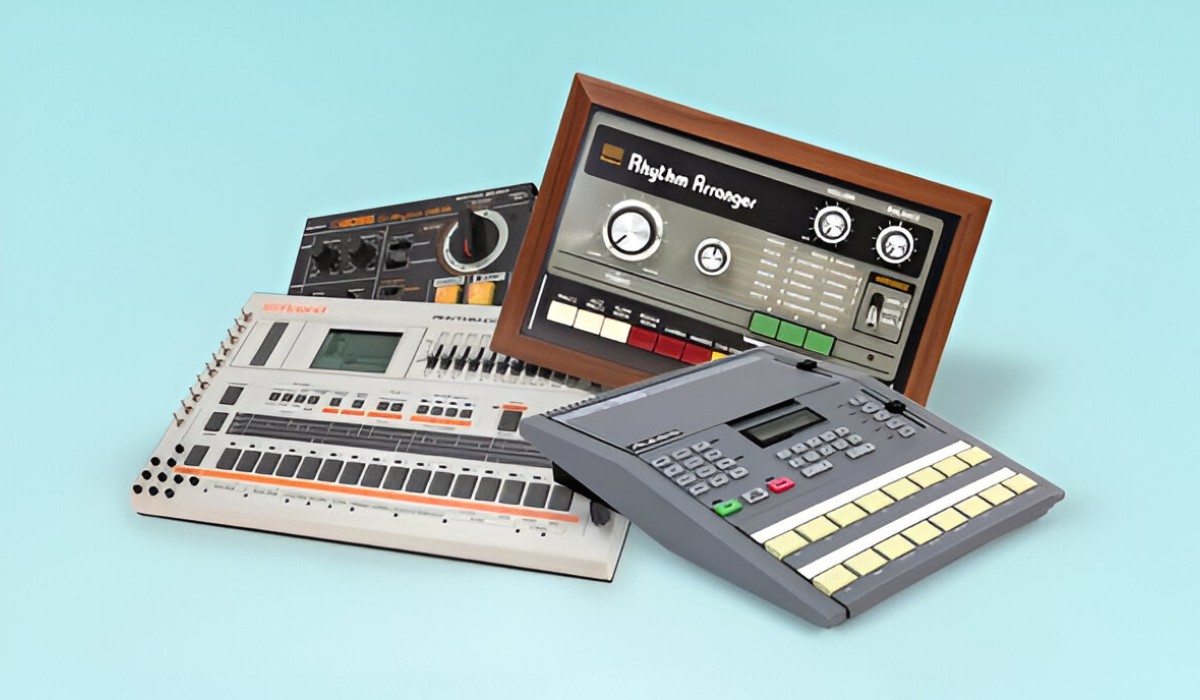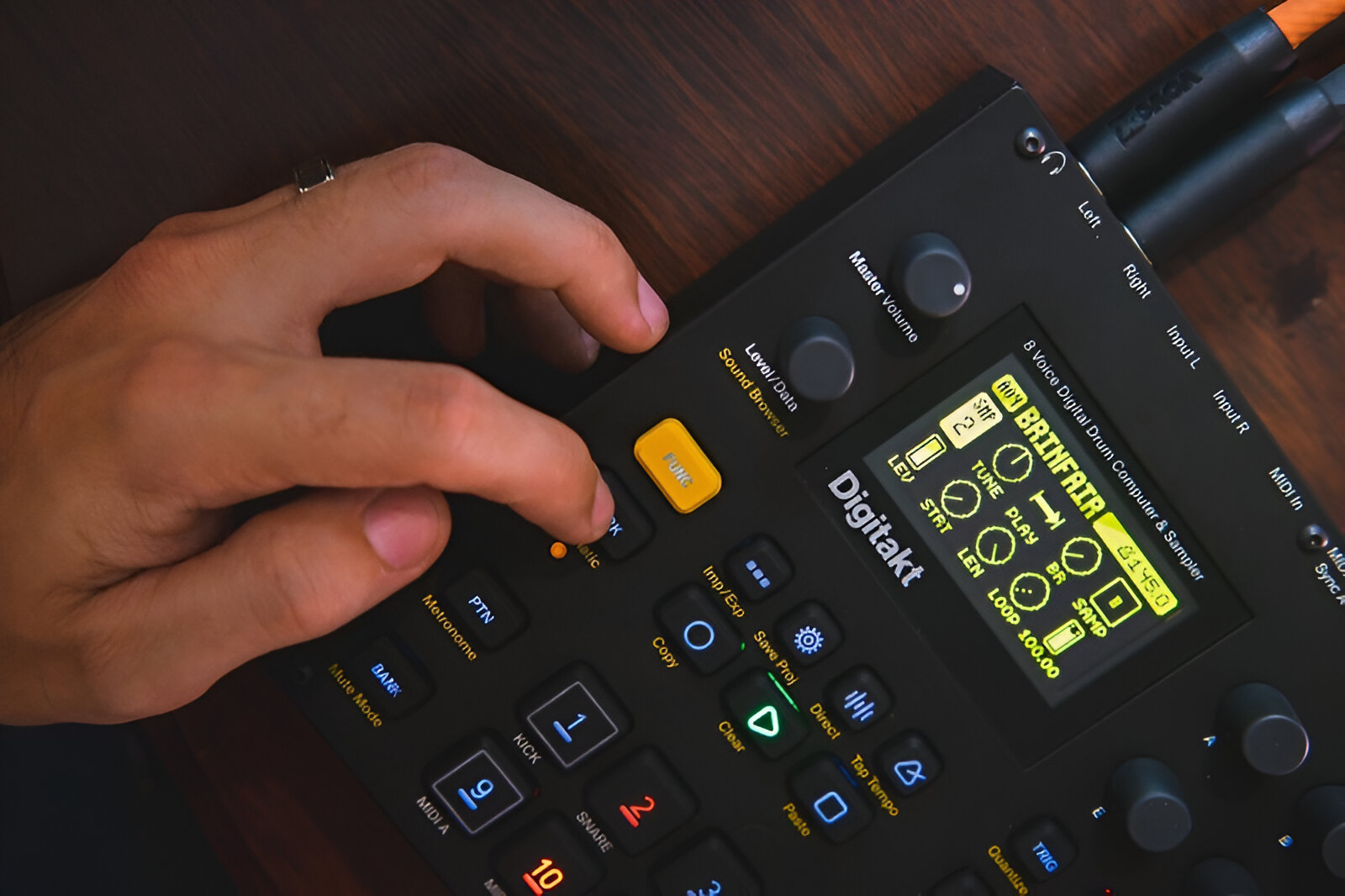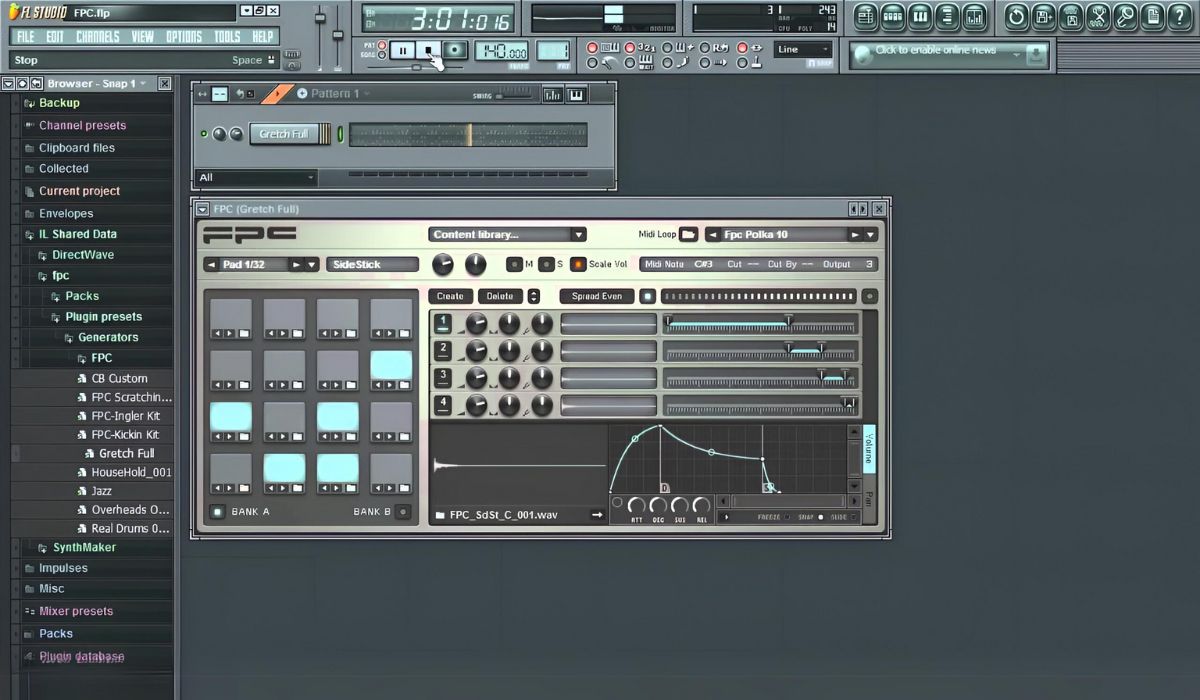Introduction
When it comes to creating captivating rhythms and beats, a drum machine is an indispensable tool for musicians, producers, and beatmakers. Whether you're a novice or a seasoned music professional, understanding how to map pads to a drum machine is crucial for unleashing the full potential of this versatile instrument. This article will delve into the intricacies of pad mapping, providing insights into both software and hardware drum machines.
Mapping pads on a drum machine involves assigning specific sounds or samples to individual pads, allowing the user to trigger these sounds with precision. This process is fundamental for customizing your drum machine to suit your unique musical style and workflow. Whether you prefer tapping out beats on tactile pads or programming intricate patterns, effective pad mapping is the key to unlocking seamless creativity.
In the following sections, we will explore the nuances of pad mapping in both software and hardware drum machines. From understanding the anatomy of drum machine pads to mastering efficient pad mapping techniques, this comprehensive guide will equip you with the knowledge and skills needed to optimize your drum machine setup. So, let's dive into the world of drum machine pad mapping and discover the art of crafting compelling rhythms and beats.
Understanding Drum Machine Pads
Drum machine pads are the tactile interfaces through which users interact with the instrument, triggering sounds, samples, and patterns. These pads come in various forms, including rubberized, velocity-sensitive pads on hardware drum machines and virtual pads on software-based interfaces. Understanding the anatomy and functionality of drum machine pads is essential for effective pad mapping.
Hardware drum machines typically feature a grid of pads, each representing a specific sound or sample. These pads are designed to detect the velocity of the user’s strikes, allowing for dynamic and expressive performance. The sensitivity of these pads enables users to create nuanced and realistic drum patterns, making them ideal for live performances and studio recording.
On the other hand, software drum machines often emulate the tactile feel of hardware pads through virtual interfaces displayed on computer screens or MIDI controllers. These virtual pads can be customized to mimic the responsiveness and behavior of their hardware counterparts, providing a familiar and intuitive platform for beatmaking and music production.
Velocity sensitivity is a key feature of drum machine pads, enabling users to control the volume and intensity of each sound based on the force of their strikes. This dynamic response adds a human touch to programmed beats, allowing for natural variations in timbre and dynamics. Additionally, some pads offer aftertouch functionality, enabling users to modulate sounds in real time by applying pressure after striking the pad.
Understanding the nuances of drum machine pads, including their tactile responsiveness, velocity sensitivity, and aftertouch capabilities, is crucial for effective pad mapping. By leveraging the unique characteristics of these pads, users can craft compelling and expressive drum patterns that resonate with their musical vision.
Mapping Pads in Software Drum Machines
Software drum machines offer a versatile and customizable platform for mapping pads, providing a wide range of options for assigning sounds, samples, and patterns to individual pads. Whether you’re using a standalone software drum machine or integrating drum pad controllers with digital audio workstations (DAWs), the process of mapping pads in software environments is essential for creating dynamic and expressive drum performances.
One of the primary methods for mapping pads in software drum machines involves using MIDI mapping features. MIDI mapping allows users to assign specific MIDI notes or channels to individual pads, enabling seamless integration with MIDI controllers and external devices. This flexibility empowers users to design custom pad layouts that align with their preferred playing style and workflow.
Many software drum machines also offer drag-and-drop functionality, allowing users to easily assign sounds and samples to individual pads using intuitive graphical interfaces. This approach simplifies the pad mapping process, streamlining the creation of drum kits and patterns without the need for complex programming or scripting.
Furthermore, software drum machines often provide comprehensive parameter controls for each pad, including volume, panning, pitch, and envelope settings. This level of customization enables users to sculpt and fine-tune the characteristics of each pad, shaping the sonic palette of their drum performances with precision.
Additionally, some software drum machines feature pattern sequencing and automation capabilities, allowing users to map pads to specific patterns and sequences within the software interface. This integration of pad mapping with pattern sequencing enhances the creative potential of software drum machines, enabling users to craft intricate and evolving drum arrangements.
Overall, mapping pads in software drum machines offers a wealth of creative possibilities, empowering users to design custom drum kits, assign expressive parameters, and seamlessly integrate with MIDI controllers and DAWs. By harnessing the flexibility and functionality of software environments, musicians and producers can elevate their drum performances to new heights of expressiveness and musicality.
Mapping Pads in Hardware Drum Machines
Hardware drum machines feature tactile, velocity-sensitive pads that provide a hands-on approach to mapping sounds and samples, offering a unique and dynamic playing experience. Mapping pads in hardware drum machines involves assigning specific sounds or samples to individual pads, allowing for intuitive and expressive performance capabilities.
One of the primary methods for mapping pads in hardware drum machines is through the creation of custom drum kits. Users can assign different sounds or samples to each pad, tailoring the kit to suit their specific musical preferences and production requirements. This customization allows for the creation of unique and personalized drum setups that align with the user’s creative vision.
Velocity sensitivity is a key feature of hardware drum machine pads, enabling users to control the dynamics and intensity of each sound based on the force of their strikes. This dynamic response adds a human touch to performances, allowing for natural variations in volume and expression. Additionally, some hardware drum machines offer adjustable pad sensitivity settings, allowing users to fine-tune the response of the pads to suit their playing style.
Many hardware drum machines also feature pad linking capabilities, enabling users to assign multiple sounds or samples to a single pad for layered or stacked performance. This functionality enhances the versatility of the pads, allowing for complex and nuanced drum arrangements that go beyond traditional single-sample triggering.
Furthermore, hardware drum machines often provide comprehensive parameter controls for each pad, including tuning, envelope shaping, and effects processing. This level of sonic customization empowers users to sculpt and shape the characteristics of each pad, adding depth and personality to their drum performances.
Some hardware drum machines also offer performance features such as pad mute groups, allowing users to create dynamic and evolving drum patterns by muting and unmuting specific pads in real time. This interactive performance capability adds an expressive dimension to drum machine programming, enabling users to craft compelling and evolving rhythms on the fly.
In summary, mapping pads in hardware drum machines offers a tactile and expressive approach to crafting drum performances. By leveraging the dynamic capabilities and customization options of hardware pads, musicians and producers can create compelling and nuanced drum arrangements that reflect their unique musical sensibilities.
Tips for Efficient Pad Mapping
Efficient pad mapping is essential for optimizing the functionality and usability of drum machines, enabling users to create compelling and expressive drum performances. Whether working with software or hardware drum machines, the following tips can enhance the pad mapping process and streamline the creation of dynamic drum arrangements:
- Organize Your Samples: Before diving into pad mapping, organize your samples and sounds into cohesive and easily accessible libraries. Categorizing samples based on instrument type, genre, or sonic characteristics can simplify the process of assigning sounds to individual pads, allowing for efficient navigation and selection during performance and programming.
- Consider Playing Style: When mapping pads, consider your preferred playing style and performance techniques. If you prefer dynamic and expressive playing, leverage velocity sensitivity and aftertouch features to capture nuances in your performances. For precise and quantized patterns, focus on aligning pad assignments with your rhythmic approach and playing dynamics.
- Experiment with Layering: Explore the potential of pad layering to create rich and textured drum sounds. By assigning multiple samples or sounds to a single pad, you can craft complex and nuanced drum kits that offer depth and sonic variety. Experiment with blending complementary sounds to enhance the impact and character of your drum performances.
- Utilize Parameter Controls: Take advantage of parameter controls for each pad, including volume, tuning, effects, and envelope shaping. By fine-tuning these parameters, you can sculpt the sonic characteristics of individual pads, adding depth, expression, and sonic variety to your drum arrangements.
- Optimize Pad Layout: Customize the pad layout to align with your workflow and performance preferences. Consider the ergonomic arrangement of pads to facilitate intuitive and efficient playing, ensuring that commonly used sounds are easily accessible for seamless performance and programming.
- Integrate Pattern Sequencing: If working with software drum machines, explore the integration of pad mapping with pattern sequencing and automation. By aligning pad assignments with specific patterns and sequences, you can create dynamic and evolving drum arrangements that elevate the expressive potential of your performances.
By implementing these tips, users can enhance the efficiency and creativity of pad mapping, unlocking the full potential of their drum machines for crafting compelling and expressive drum performances.
Conclusion
Mapping pads to a drum machine is a fundamental aspect of crafting captivating rhythms and beats, whether in a live performance or during music production. Understanding the nuances of drum machine pads, whether in software or hardware form, is essential for optimizing the creative potential of these instruments. By delving into the intricacies of pad mapping, users can tailor their drum machines to suit their unique musical styles and performance preferences.
Software drum machines offer a versatile platform for pad mapping, providing intuitive MIDI mapping features, drag-and-drop functionality, and comprehensive parameter controls. This flexibility empowers users to design custom pad layouts, assign expressive parameters, and seamlessly integrate with MIDI controllers and DAWs, enhancing the creative potential of software environments.
On the other hand, hardware drum machines feature tactile, velocity-sensitive pads that offer a hands-on approach to mapping sounds and samples. With features such as pad linking, parameter controls, and performance capabilities, hardware drum machines provide a dynamic and expressive platform for crafting compelling drum performances.
Efficient pad mapping is crucial for optimizing the functionality and usability of drum machines, and incorporating tips such as sample organization, consideration of playing style, and experimentation with pad layering can streamline the creation of dynamic drum arrangements. By leveraging parameter controls, optimizing pad layouts, and integrating pattern sequencing, users can unlock the full potential of their drum machines for crafting expressive and compelling drum performances.
In essence, mastering the art of pad mapping is an ongoing journey that empowers musicians, producers, and beatmakers to create immersive and dynamic drum performances. Whether working with software or hardware drum machines, the ability to map pads effectively is a cornerstone of musical expression and creativity, offering endless opportunities for crafting captivating rhythms and beats.







